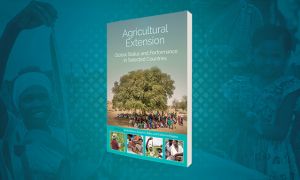Accelerating technical change through ICT: Evidence from a video-mediated extension experiment in Ethiopia
Despite enthusiasm around applications of information and communications technologies (ICTs) to smallholder agriculture in many lower-income countries, there are still many questions on the effectiveness of ICT-based approaches.

